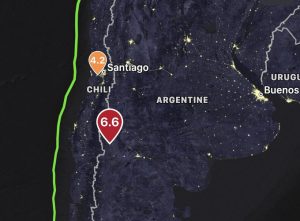More than 4,200 tons of salmon have fallen victim to killer algae in Chile, the South American country’s fisheries and aquaculture service said Thursday.
It’s the latest mass mortality event recorded in the world’s second largest producer of salmon.
It has been attributed to harmful algal blooms that reduce the amount of oxygen in water, thus suffocating the salmon.
The same phenomenon killed thousands of tons of salmon in 2016.
Some 18 salmon farms in the south of Chile, which produces around 26 percent of the world’s salmon, have been affected.
Also Read | Italy’s sparkling apple trees are frozen to survive
Greenpeace says it is due to pollution caused by salmon farming, while those in the industry blame it on climate change.
“It is undeniable that this type of crisis develops due to the influence of pollution produced by salmon farming,” said Greenpeace spokesman Mauricio Ceballos.
“There is evidence that the presence of ammonium and urea from salmon farms in closed fjords or with little circulation can exacerbate blooms of the species detected.”
Also Read | Genome analysis reveals unknown ancient human migration in Europe
Three different types of harmful algae were detected in the 18 farms, where 70 percent of the dead fish have been removed.
Only Norway produces more salmon than Chile, which made almost $4.4 billion from salmon exports in 2020.







